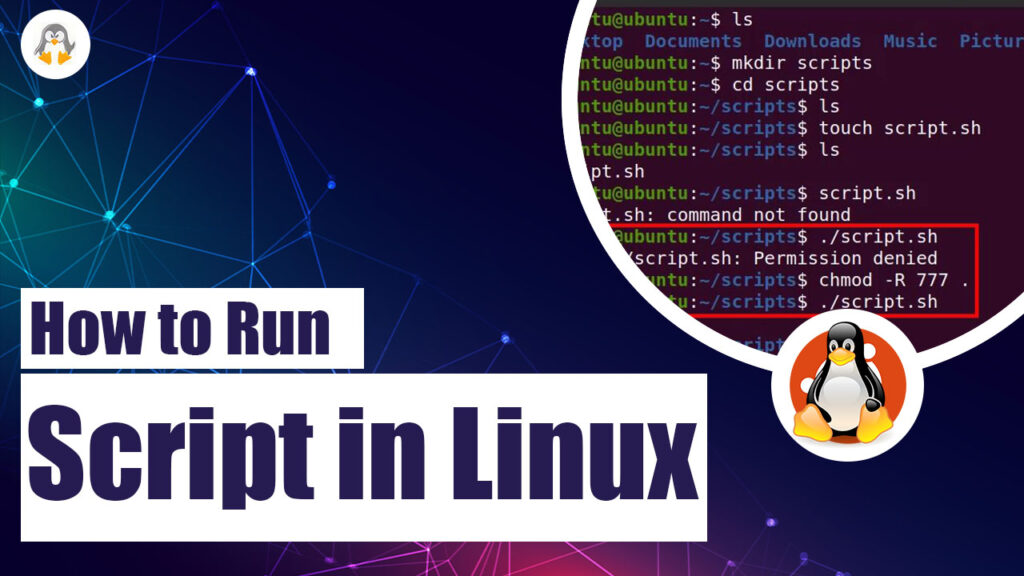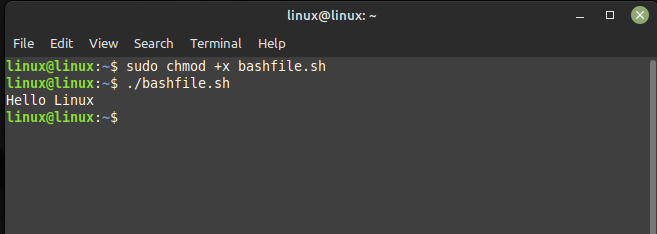
How to Run Script in Linux
Bash is a popular shell in the Linux environment that offers powerful scripting capabilities. Running a bash script in Linux can automate repetitive tasks, manage system configurations, and perform complex operations. This article will discuss the different ways to run a bash script in Linux along with the proper commands and for demonstration, I will use Linux Mint 21.
How to run a script in Linux
Bash is a command-line shell in the Linux environment that provides an extensive range of scripting functionalities. It allows users to write complex scripts and automate various tasks, from simple file management to complex system administration operations. Running a bash script in Linux is a straightforward process, here are the two most common ways to do it:
Method 1: Running a Bash Script with an Interpreter
Bash scripts typically start with a shebang line, which indicates the script’s interpreter. To run the script with the interpreter, type the interpreter’s name, followed by the script’s filename. For instance, if the script’s name is “myscript.sh,” type the following command:
$ bash myscript.sh |
This method allows you to specify a different interpreter if required and writing the shebang line in the code is not necessary specifically in this case:

Method 2 : Making a Bash Script Executable
To run a bash script in Linux, it must be executable. You can make a bash script executable using the chmod command. First, navigate to the directory where the script is located using the cd command. Once in the directory, type the following command:
$ chmod +x myscript.sh |
This command will give the script execute permission and to run the script, type “./myscript.sh” and press Enter:

Conclusion
Bash scripting in Linux can help users automate tasks, manage system configurations, and perform complex operations. In this article, we discussed different methods to run a bash script in Linux, including running from the terminal, using an interpreter, making the script executable, and using Cron. By using these proper commands, users can efficiently run bash scripts in Linux and enhance their productivity.

